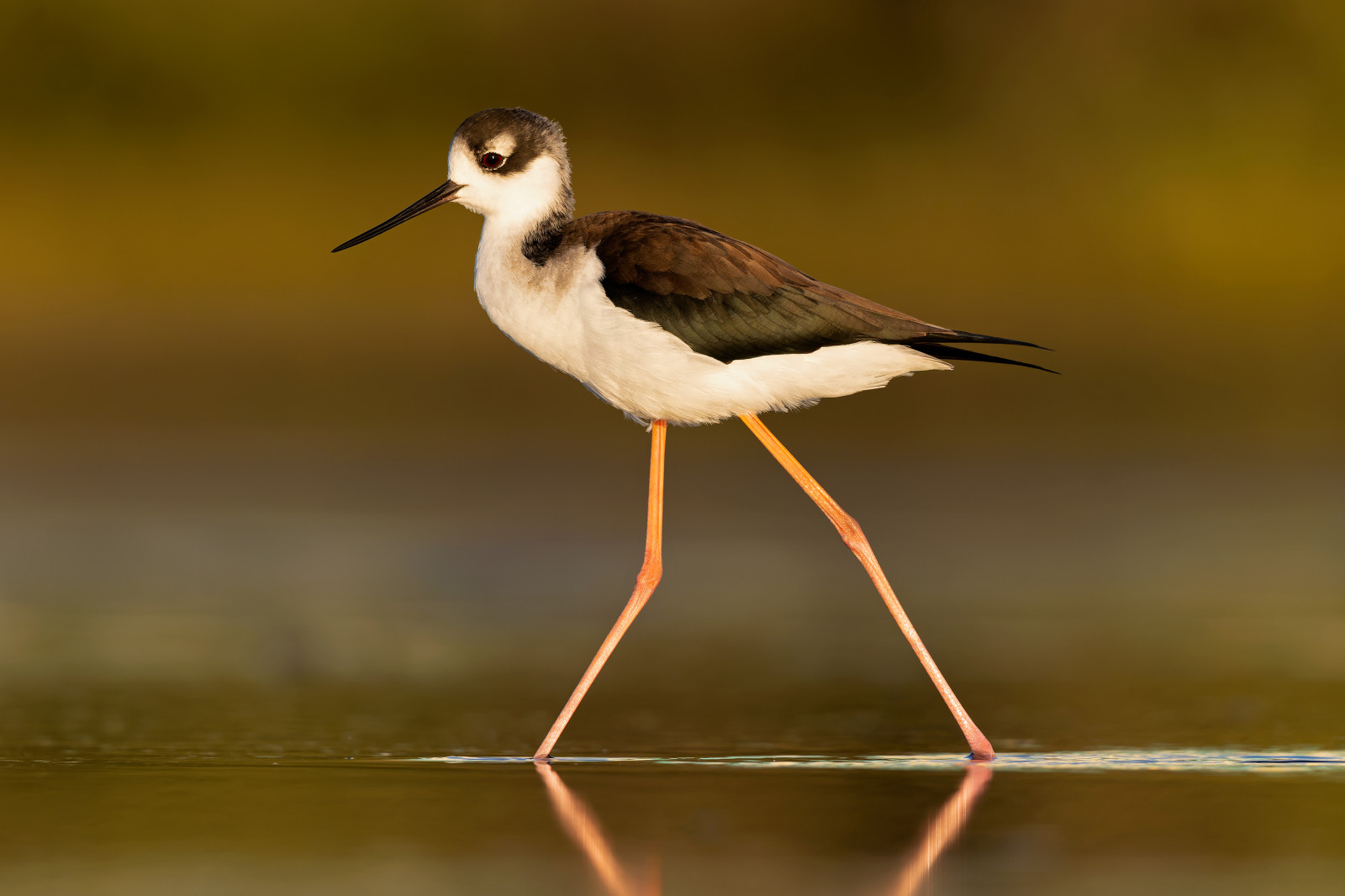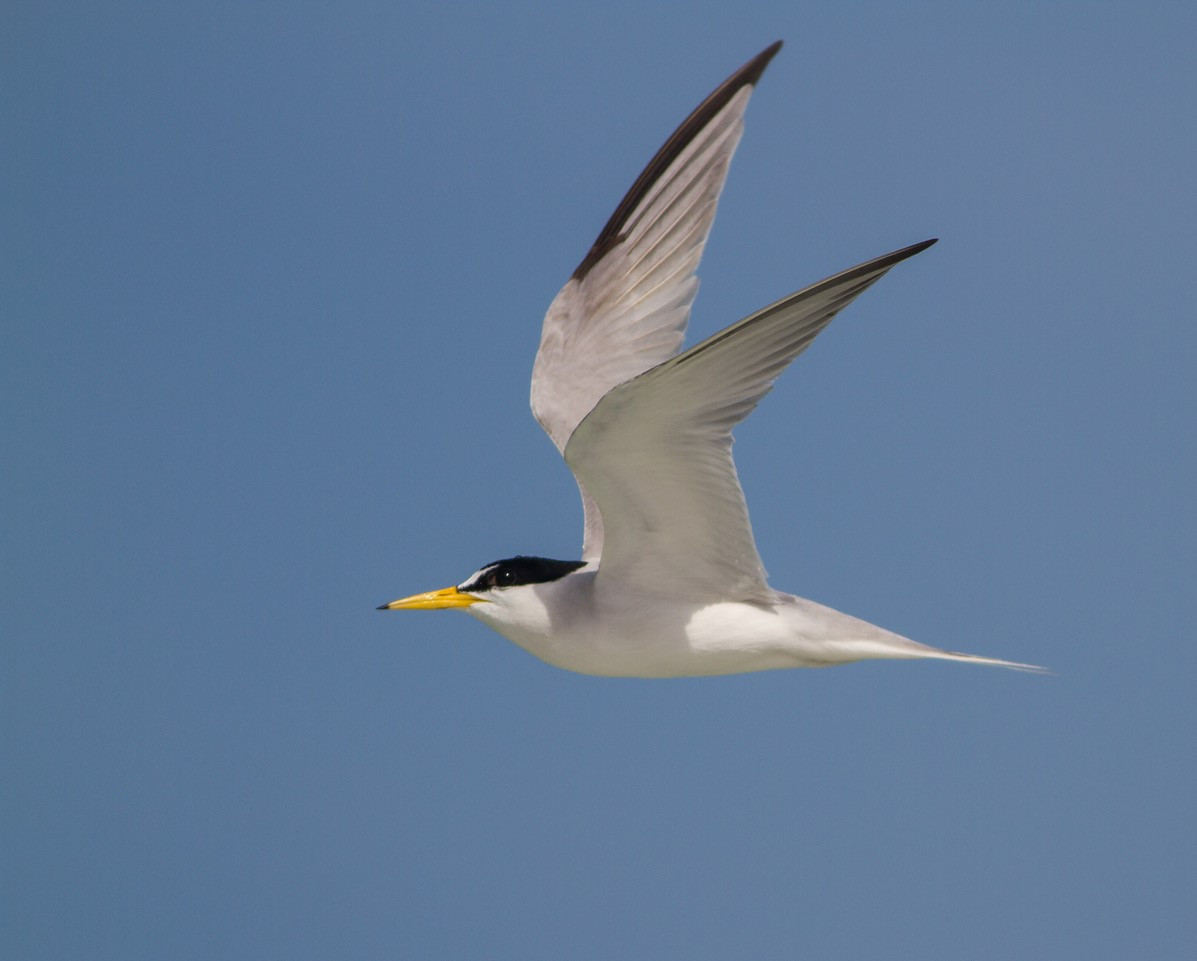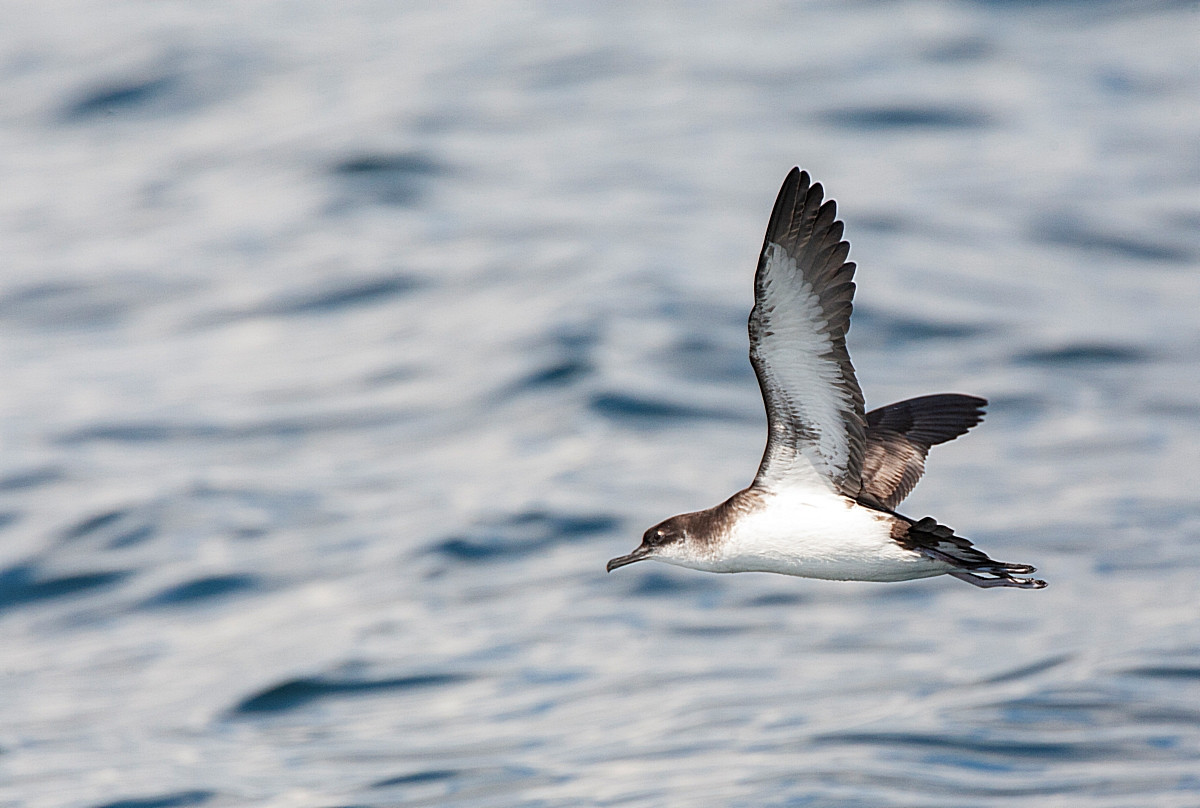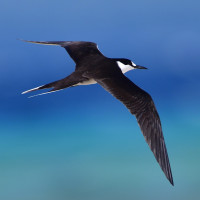Description
Petite Terre is one of the ornithological hotspots in Guadeloupe. The site consists of two islands, Terre de Haut and Terre de Bas. The first is closed to the public and concentrates the greatest wealth of nesting birds. Terre de Bas is accessible to the public. You can get there by sea only and explore the island in a day. The salt flats sector and the dry coastal forest represent a refuge area for birds, whether resident, seasonal or migratory.
_________________________
Français: Petite terre est une réserve naturelle protégée habritant une biodiversité exceptionnelle. Le site de Petite Terre est le site rassemblant la plus grande richesse ornithologique de Guadeloupe. Le site se compose de deux îles, terre de haut et terre de bas. La première est interdite au public et concentre la plus grande richesse d'oiseaux nicheurs. Terre de bas est accessible au public. On peut s'y rendre par la mer uniquement et explorer l'île sur une journée. Le secteur des salines et la forêt sèche de littoral représente une zone de refuge pour les oiseaux qu'ils soient résidents, saisonniers ou migrateurs.
Details
Access
Access is only by sea. A buoy system limits the number of boats on site. The excursion can only be carried out during the day and it is forbidden to camp on site. Departure by boat can be done from Guadeloupe from the port of Saint-François. Expeditions are scheduled by companies every day for all or part of the year. It is also possible to rent a boat and get there on your own. The only condition is to rent a buoy in advance on the nature reserve site. It is also necessary to be aware of the prohibitions in force on the site. All instructions are published on the reserve website: see the link below.
On site, the visit is done on foot. The salt pans site is worth it because its path is not always easy to follow and you will have to be discreet around the salt pans, especially if tern colonies are present and nesting.
_________________________
Français: L'acccès se fait uniquement par la mer. Un système de location de bouée à la journée permet de limiter le nombre de bateau présent sur site. L'excursion peut se réaliser seulement la journée et il est interdit de bivouaquer sur place. Le départ en bateau peut se faire depuis la Guadeloupe, au plus près, depuis le port de Saint-François.
Des expéditions sont programmées par des compagnies tous les jours sur tout ou partie de l'année. Il est également possible de louer un bateau et de s'y rendre par ses propres moyens. La seule condition est de louer une bouée en avance sur le site de la reserve naturelle. Il est également nécessaire de prendre connaissance des interdictions en vigueur sur le site. L'ensemble des consignes sont édités sur le site de la réserve : https://reservesdesiradepetiteterre.com/reservation-mouillages/
Sur site, la visite se fait à pied. Le site des salines se mérite car son sentier n'est pas toujours évident à suivre et il faudra être discret aux abords des salines, surtout si les colonies de sternes sont présentes et en nidification.






